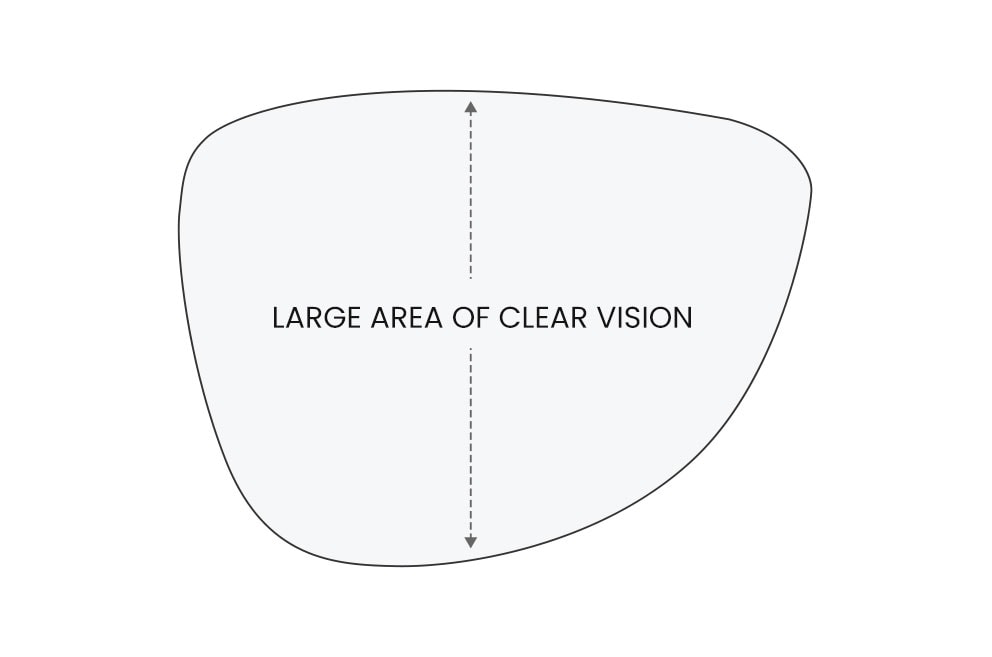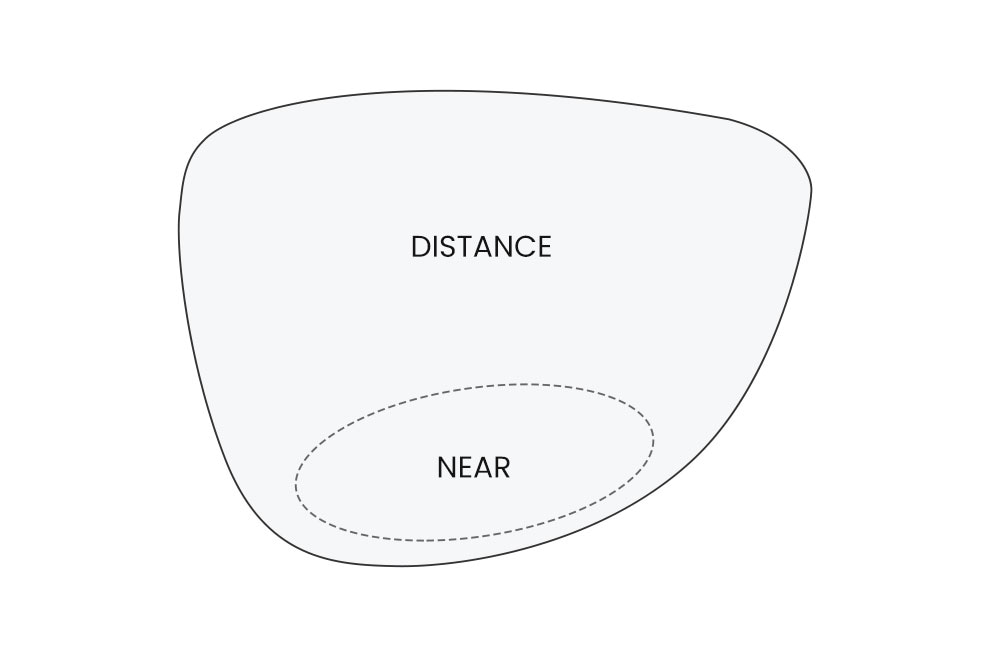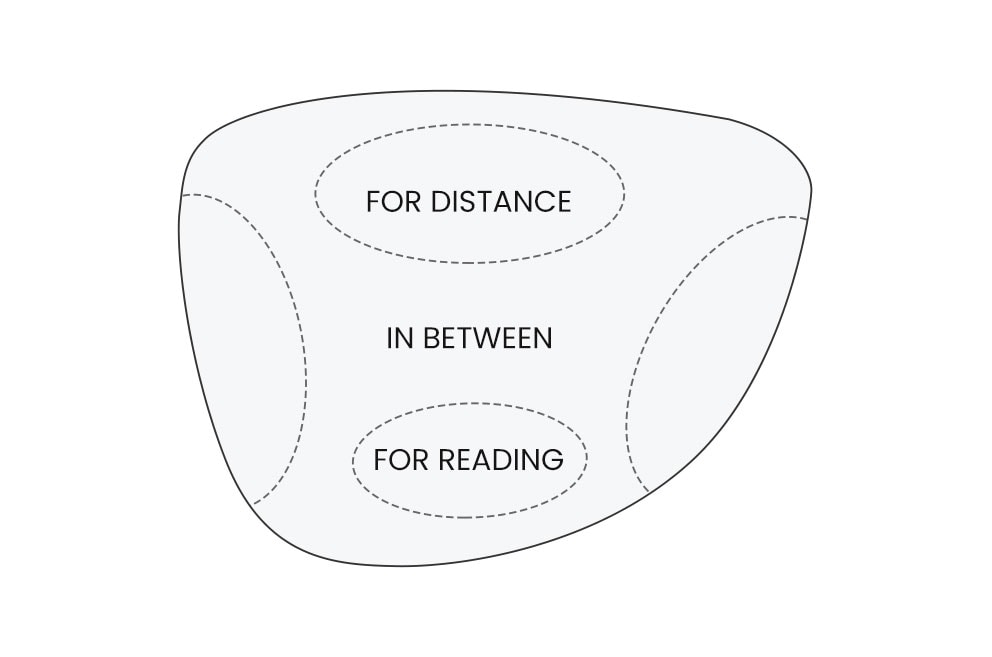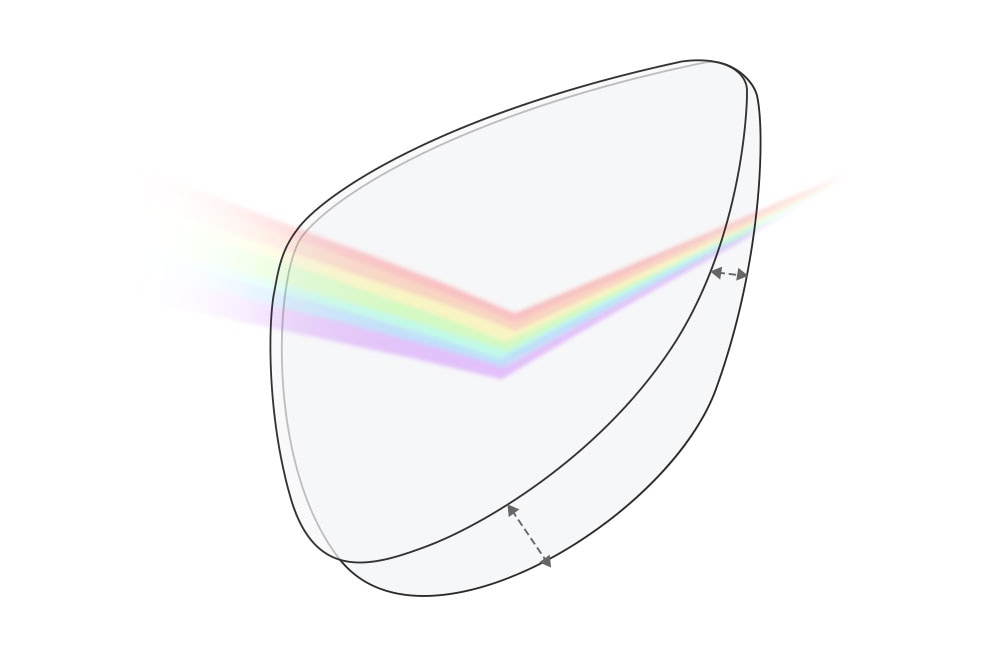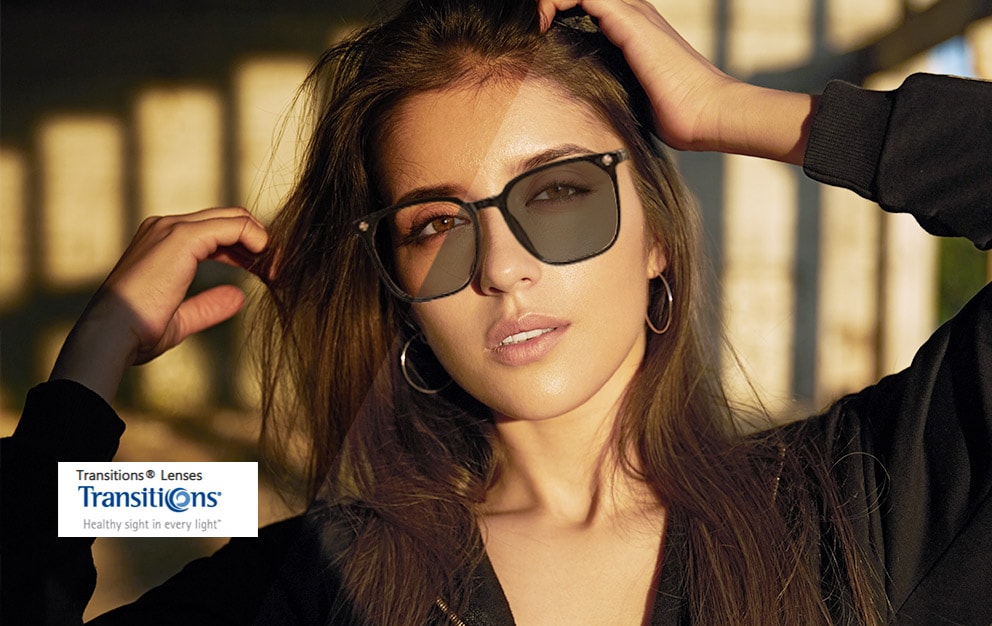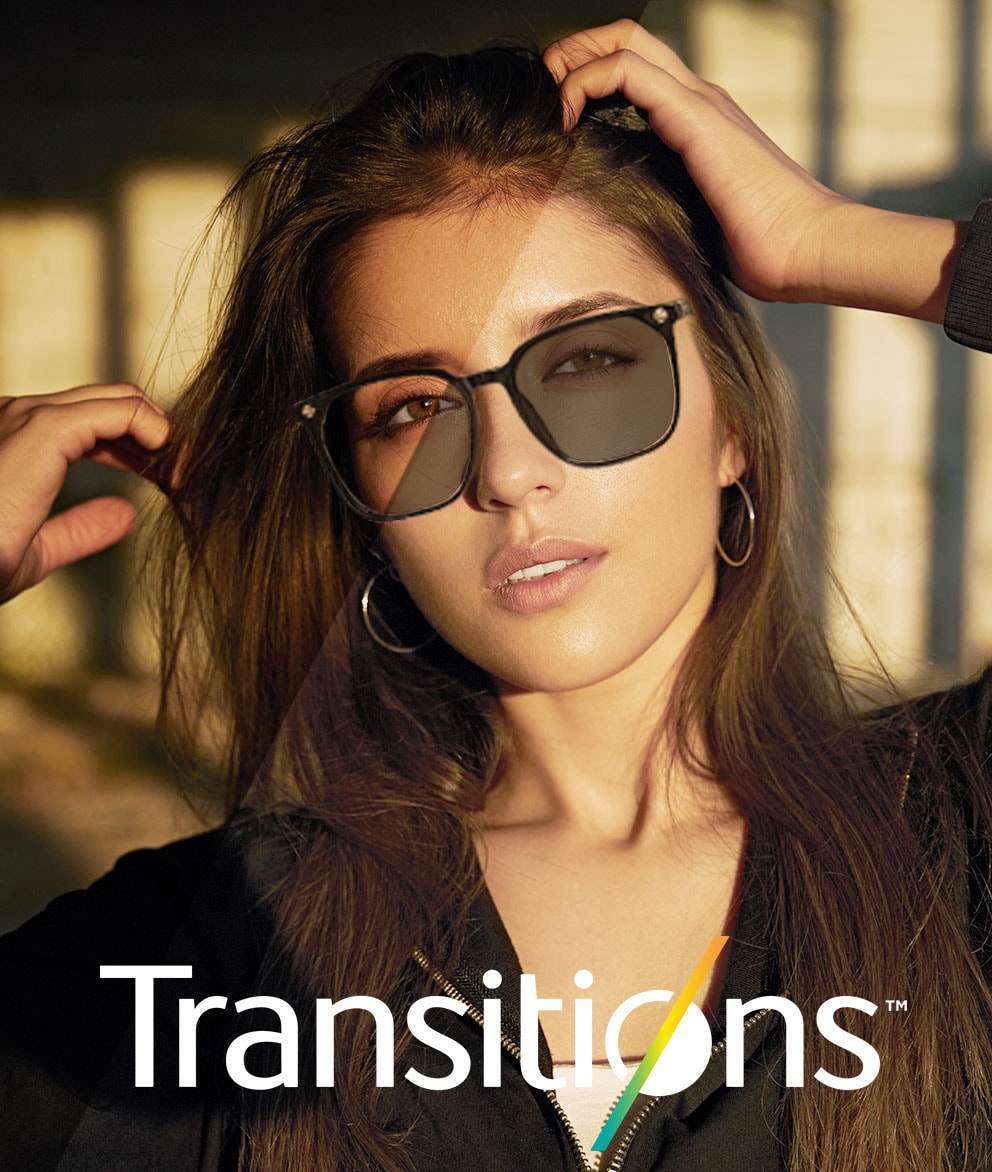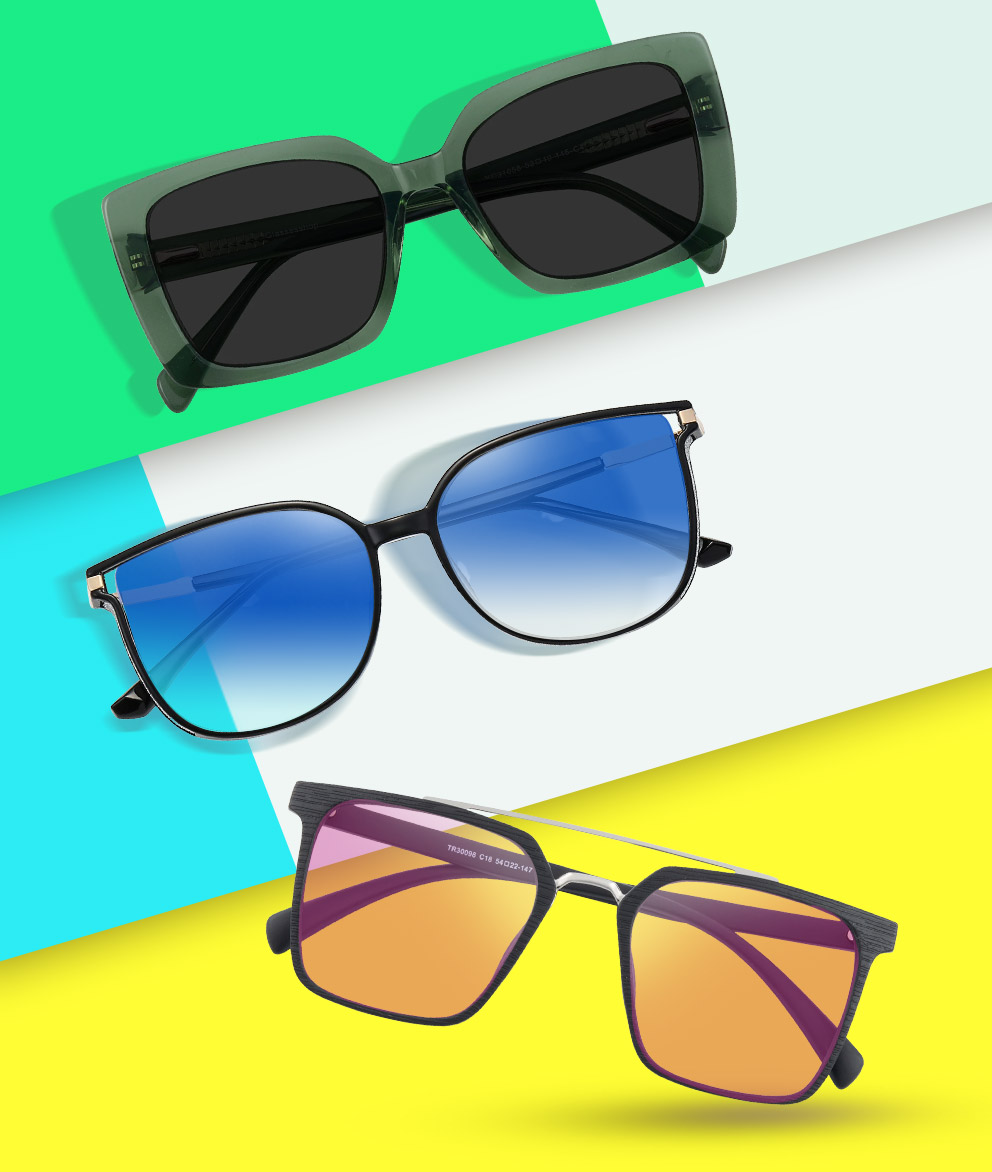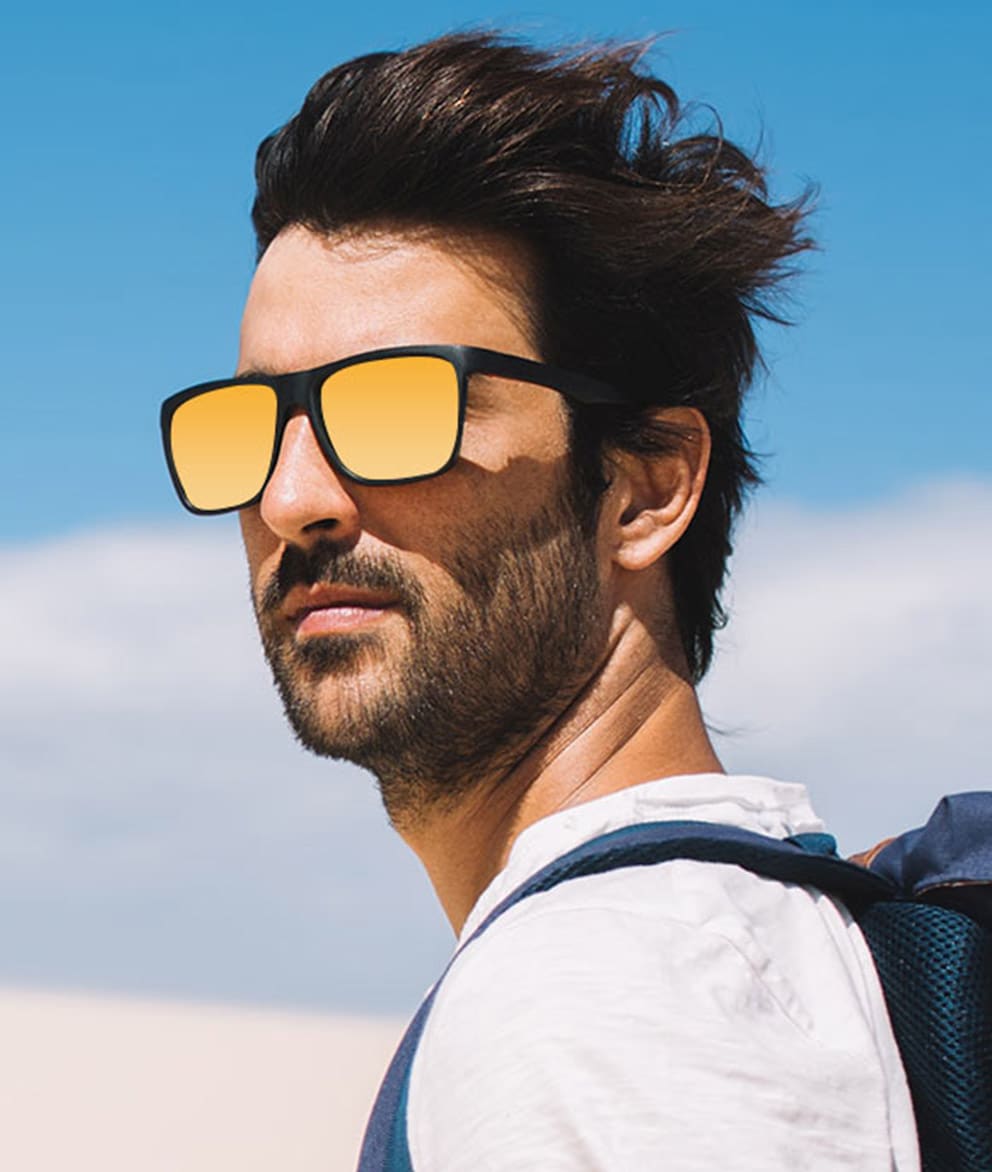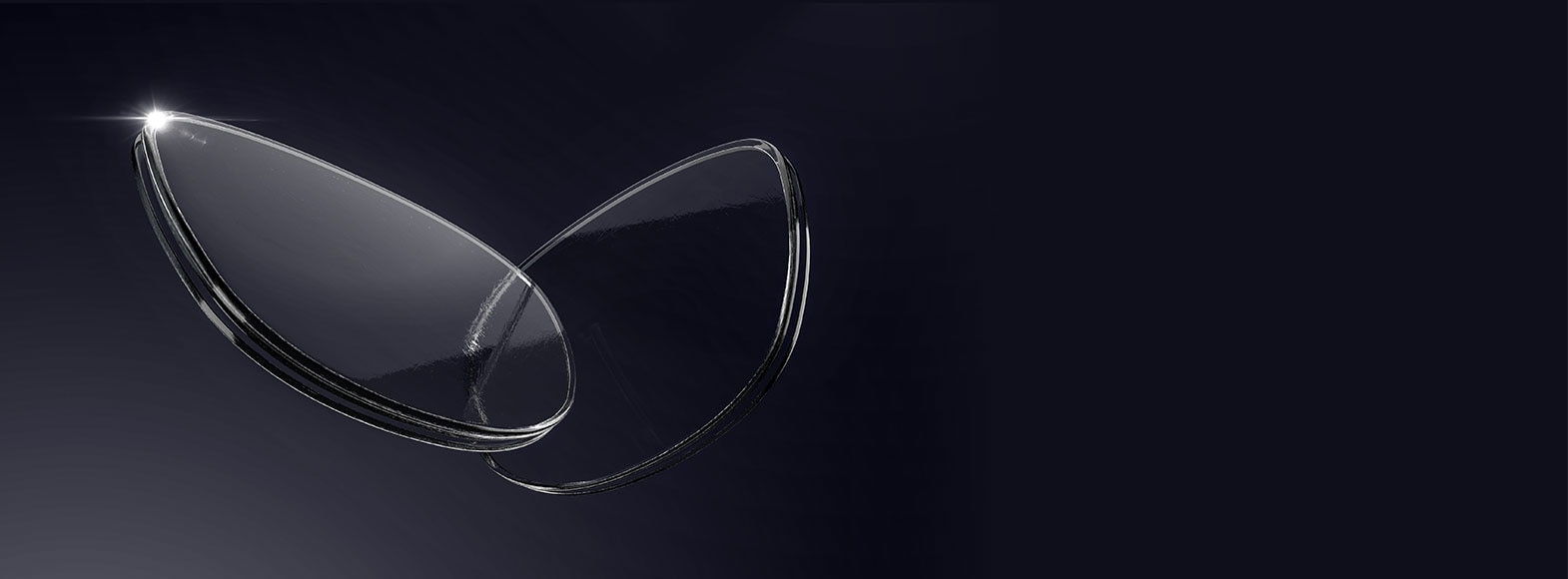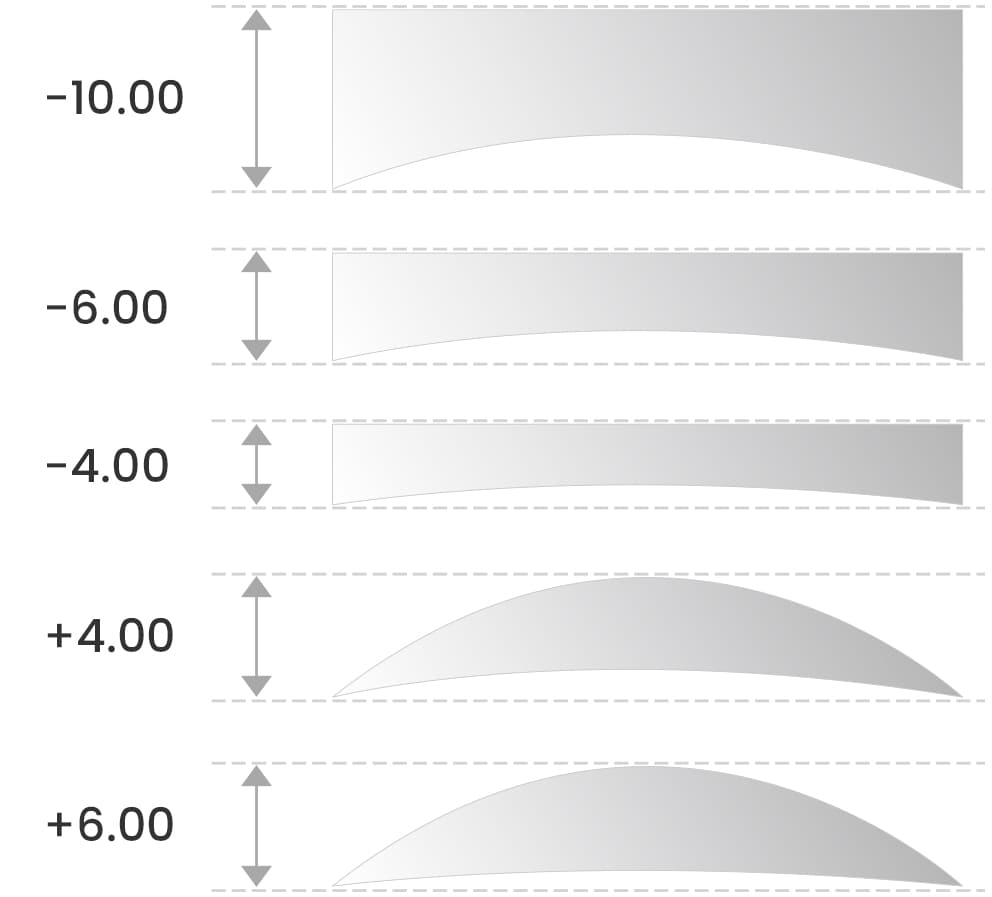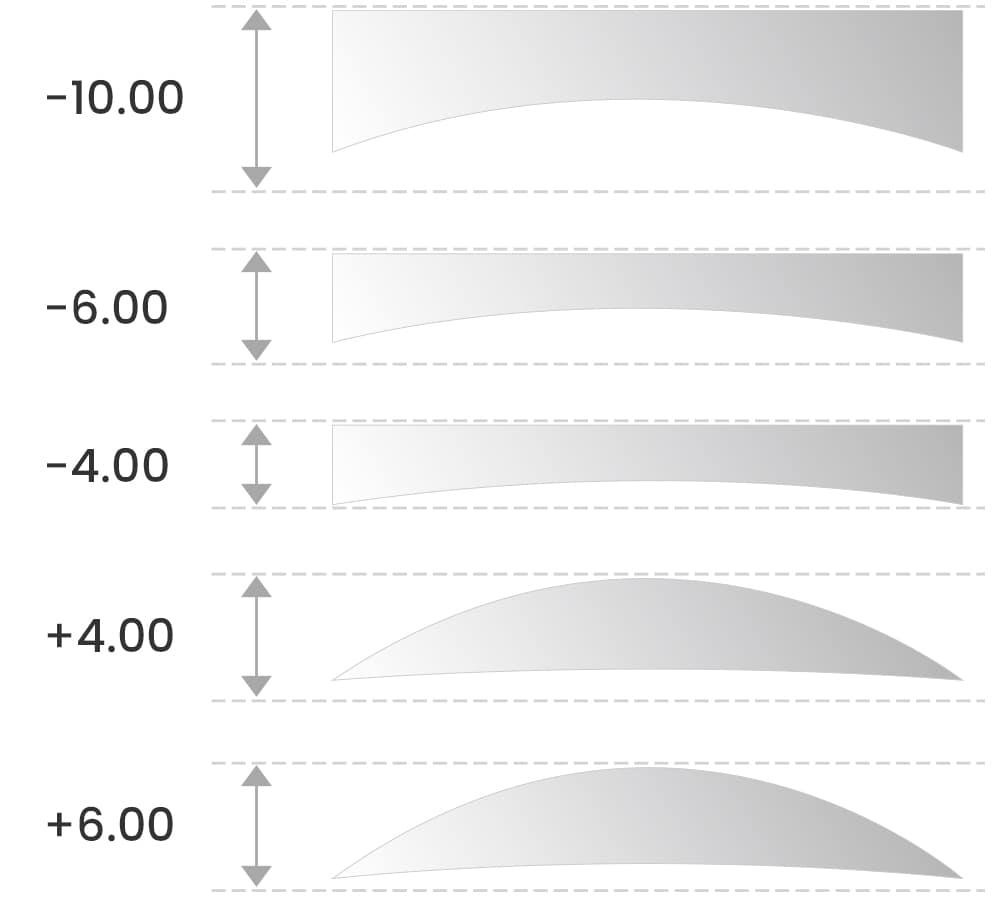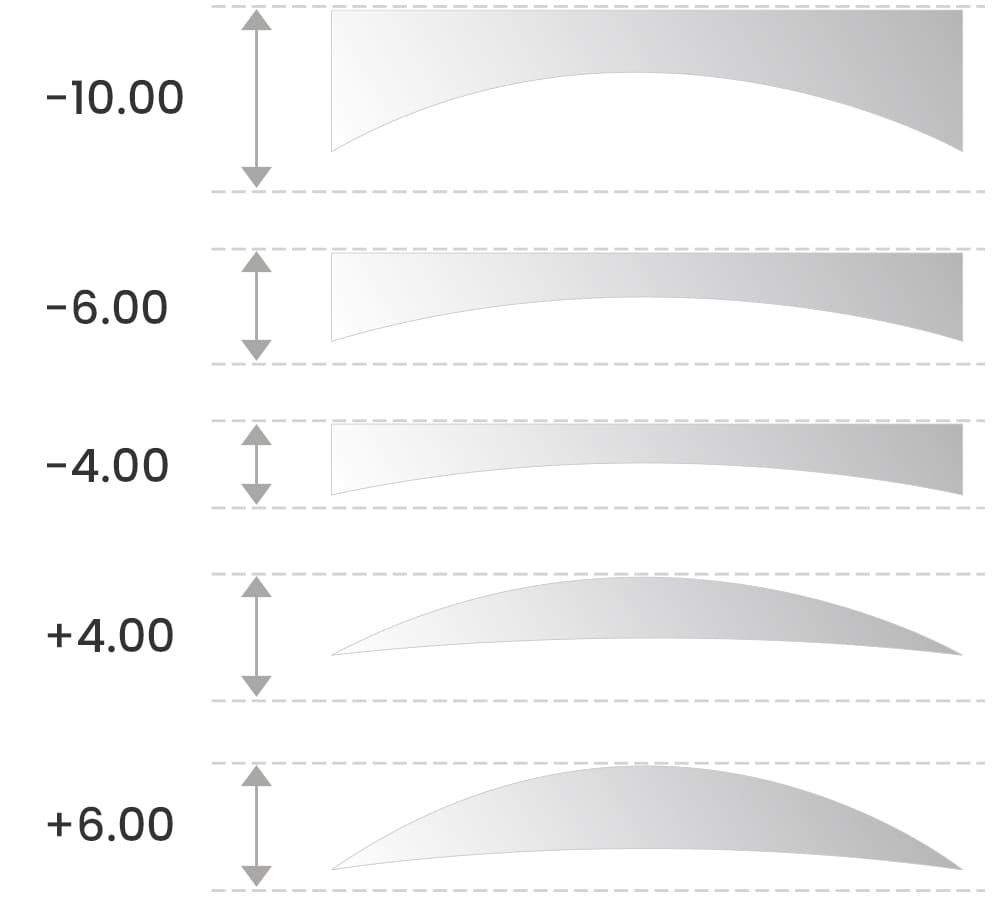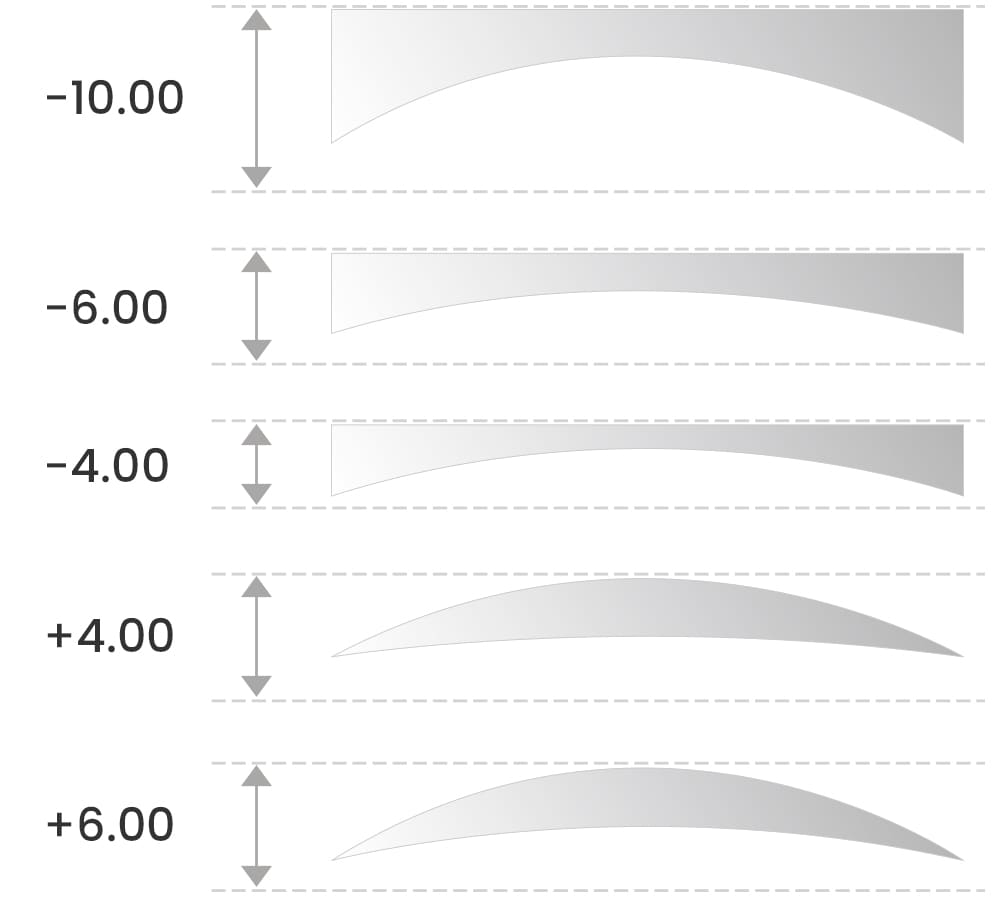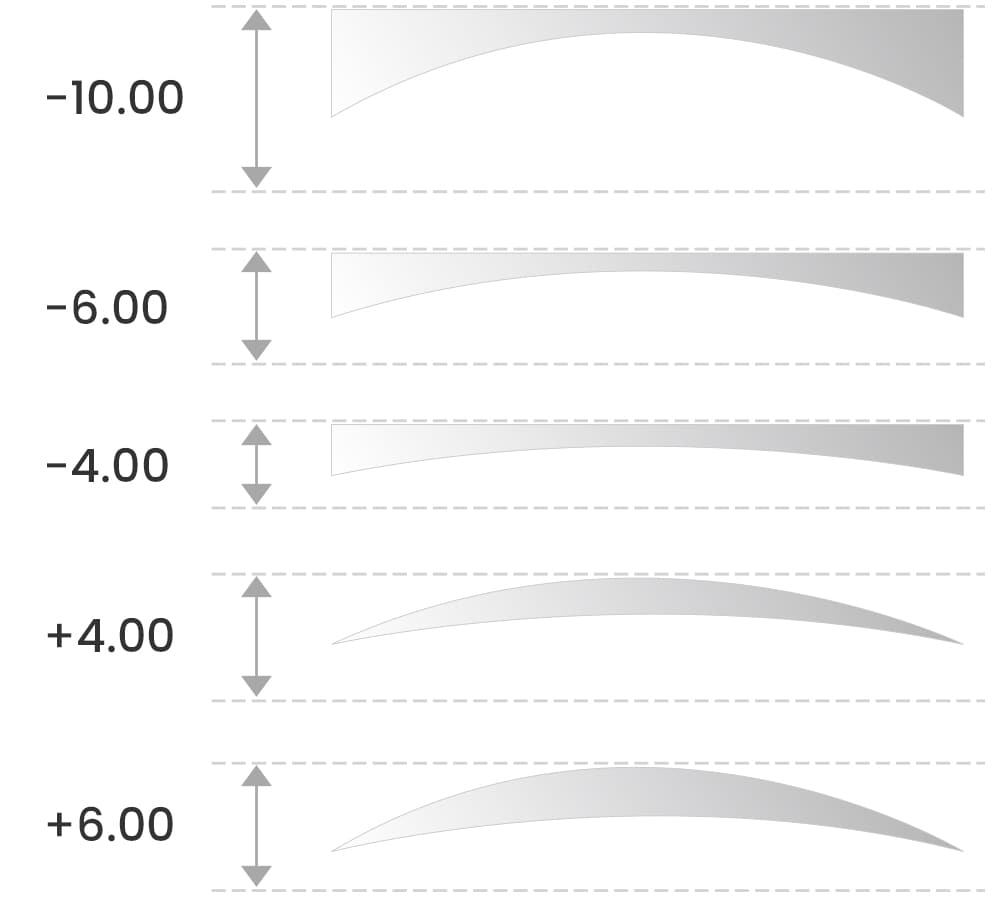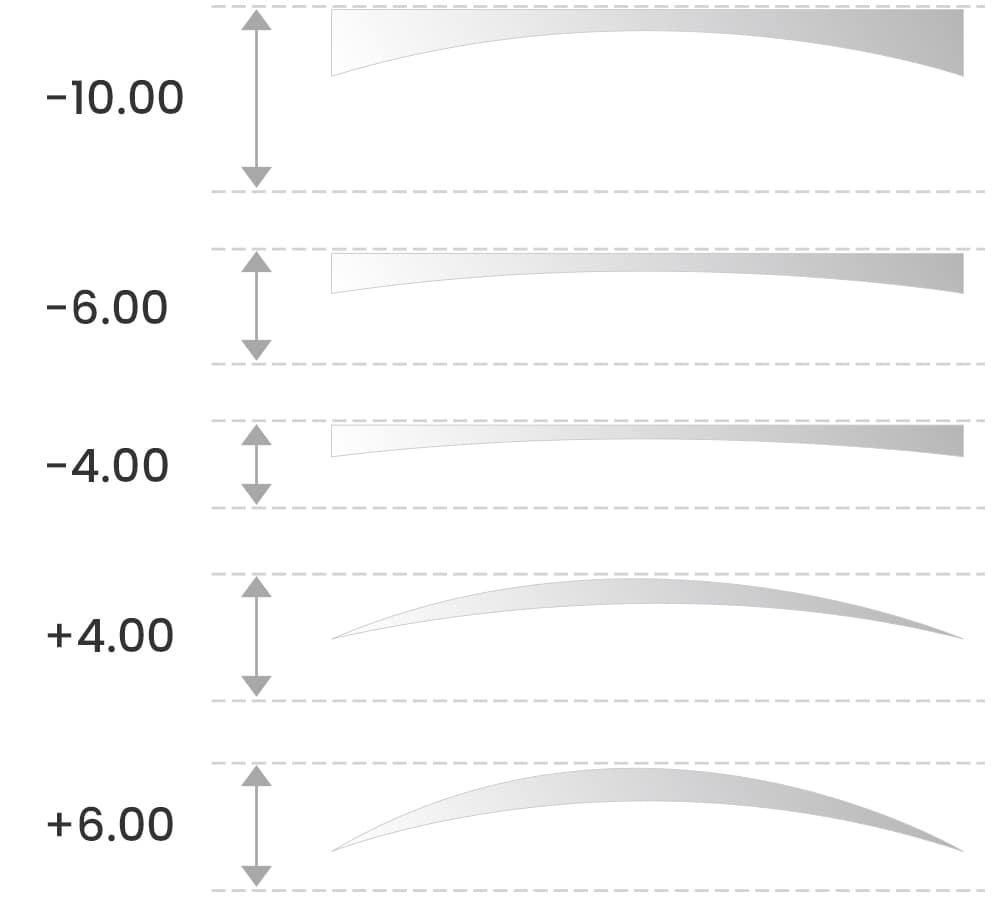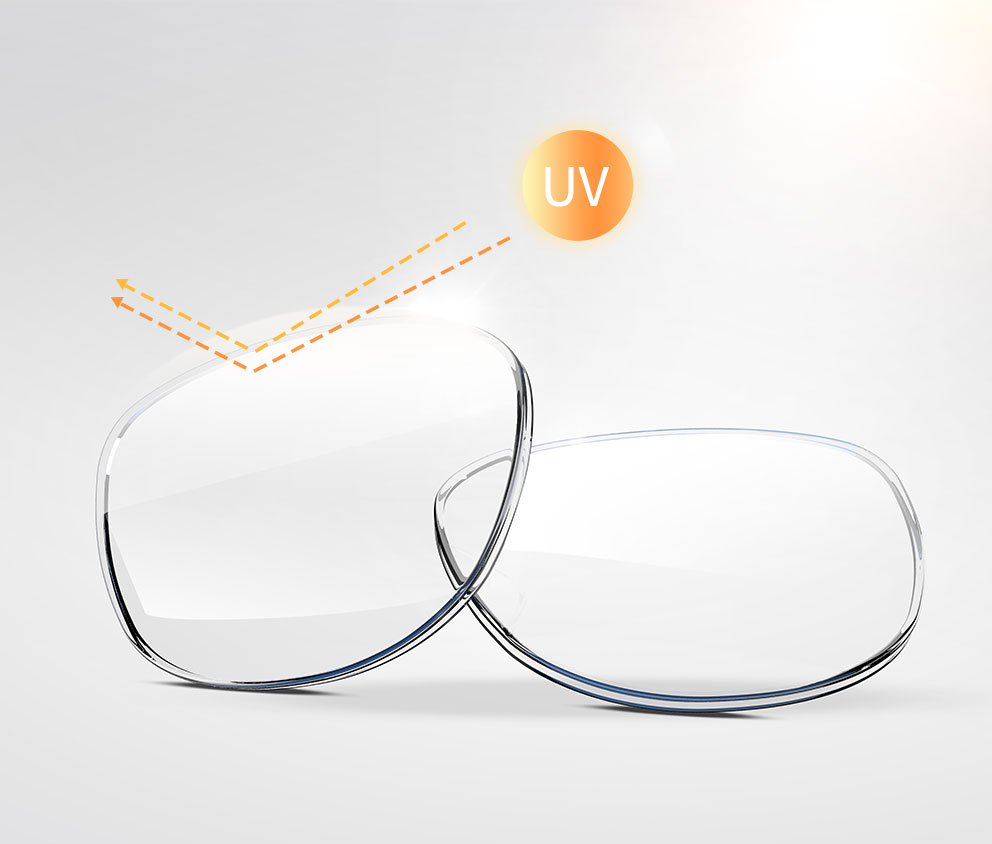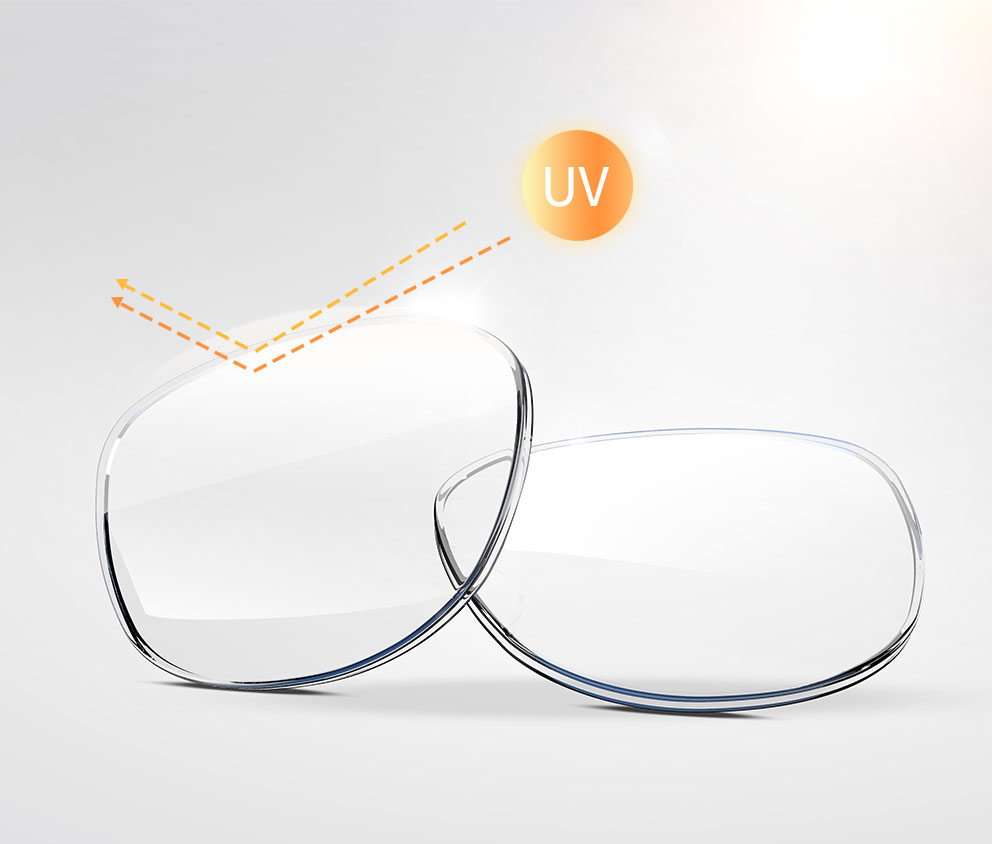Buy Custom Prescription Lenses for Glasses Online
Explore our diverse range of lenses including single vision, progressive, bifocal options and sunglasses lenses, all available in various materials and coatings to suit your lifestyle and preferences. Whether you're looking for lenses that reduce glare, resist scratches, or offer UV protection, GlassesShop.com has covered the best solutions on the market. Upgrade your eyewear today and experience the difference with our top-grade lenses tailored just for you.
How do you replace lenses in existing frames?
Replacing lenses in existing frames involves a few careful steps: removing the old lenses, cleaning the frame, getting the new lenses, inserting the new lenses and adjustment and fit. If you are the first time to replace lenses, our lenses replacement video guide could do you a favor.
If you're not comfortable doing this yourself, or the frames are expensive or delicate, it's a good idea to have the lenses replaced professionally. Opticians have the tools and expertise to replace lenses without damaging the frames or the lenses
What are the 3 types of eye lenses?
In the context of eyeglasses and corrective lenses, there are three primary types of lenses commonly used to correct or enhance vision:
1. Single Vision Lenses: These are the most straightforward type of lenses and are designed to correct a single field of vision. They include the the lenses to see far and near, reading glassses and can be used to correct nearsightedness (myopia), farsightedness (hyperopia), or astigmatism. Single vision lenses that include both eyeglasses and sunglasses have the same power across the entire lens and are suited for all age groups.
2. Bifocal Lenses: Bifocal lenses, also called flat top lenses, contain two different optical powers in one lens, typically divided by a visible line. The upper part is generally used for distance vision, while the lower part is used for near vision tasks like reading and screen work. Bifocals are particularly useful for individuals over the age of 40 who develop presbyopia, which affects the eye's ability to focus on close objects.
3. Progressive Lenses: Also known as multifocal lenses, progressive lenses offer a gradient of varying lens powers, providing a smooth transition from distance correction on the top to near correction on the bottom. There is no visible line on the lens, making them more aesthetically pleasing than bifocals. Progressives are ideal for providing clear vision at all distances, catering especially to those with presbyopia.
Each type of lens serves different purposes and caters to different visual correction needs, making it important to choose the right type based on individual eye conditions and lifestyle requirements.
Do glasses lenses fit all frames?
Actually, glasses lenses do not fit all frames universally. The fit of lenses in frames depends on several factors:
Size and Shape: Each frame has specific dimensions and a unique shape, requiring lenses to be precisely cut to fit. Lenses must match the frame's size and curvature to ensure a proper fit without stress or gaps that could cause the lenses to pop out or crack.
Type of Frame: Different types of frames may require different kinds of lens cuts. For example, full-rim frames can accommodate a wide range of lens thicknesses and sizes, whereas rimless frames need lenses to be drilled precisely to fit the mounting points.
Material Compatibility: Some materials used for lenses and frames may not be compatible. For instance, heavier glass lenses may not be suitable for lightweight or flexible plastic frames.
Prescription Strength: High prescription lenses typically have more curvature and thickness, which may not fit well in all frame styles. For instance, very thin or delicate frames may not support thick lenses well but frames, such as oversized ones will suit better.
To ensure lenses fit correctly in frames, it is advisable to have them professionally fitted and tailored by an optician to clearly find the glasses frames you want. When ordering new lenses for existing frames, precise measurements and proper handling are crucial to match the lenses to the frames accurately.
Any other needs and doubts, please feel free to contact us by LIVE Chat!


